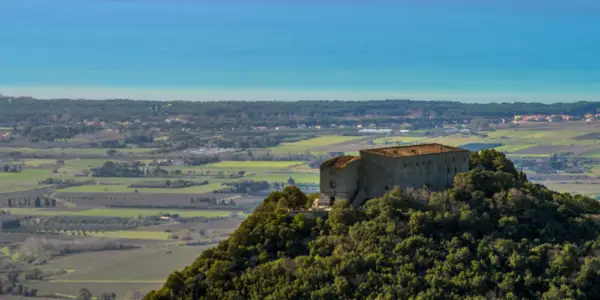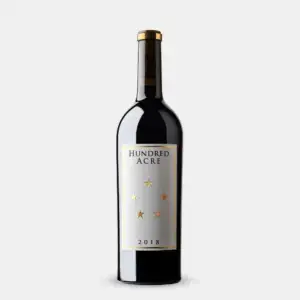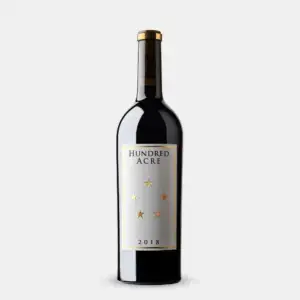Soil Type
The soils on which the vineyards stand has varied and complex terrain features with a strong presence of limestone, feature areas rich in marl and pebbles as well as being partly clayey. The production facilities are located at an average altitude of between 80 and 400 metres above sea level, with a west/south-west exposure.
Harvesting
The climatic trends were optimal throughout the year. Between late autumn and early winter, very cold temperatures were recorded, which favoured the vegetative halt of the plants. From mid-winter until late spring, rainfall was quite persistent, combined with temperatures slightly below seasonal averages. Sprouting, as well as the subsequent phenological phases up to flowering, started slightly late.
By contrast, the weather in summer was optimal, with great sunshine and temperatures above seasonal averages. From the end of July to the end of August, temperatures were warmer than average, but the good water supply of the soils, thanks in part to the accumulation of autumn and winter rains, meant that no cases of water stress occurred. The temperature range between night and day was also excellent, ensuring excellent phenolic ripening of the grapes.
Fermentation
Fermentation in stainless steel vats at a controlled temperature of around 30° – 31°C. Two weeks of maceration on the skins, with various pumping over and délestages. Malolactic fermentation happened in steel vats.
80% Cabernet Sauvignon, 20% Cabernet Franc
Ageing
Once malolactic fermentation was complete, the wine was placed in French oak barriques, and a small part in American oak, where it was aged for a period between the 20 and 25 months. The duration of the ageing is technically decided on the basis of the seasonal trend of the vintage.
For more information on the Tenuta San Guido wines click here or visit their website here.






Reviews
There are no reviews yet.